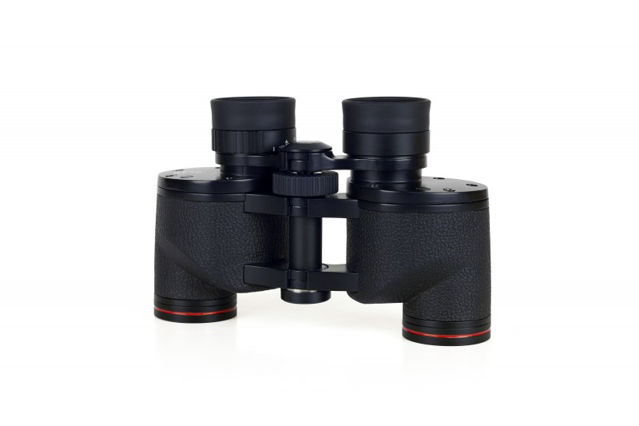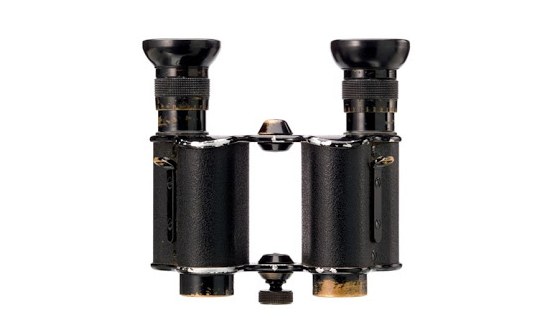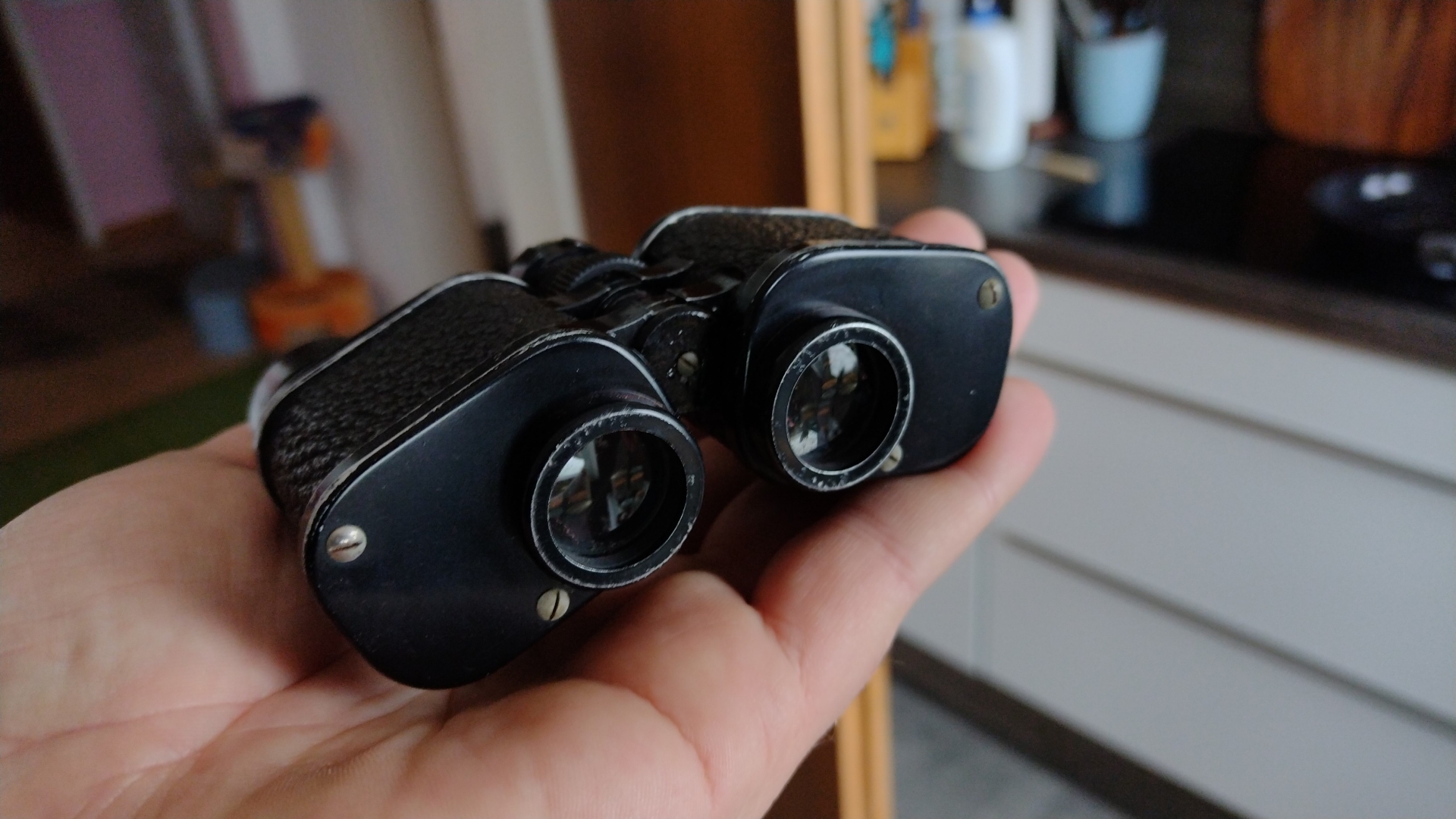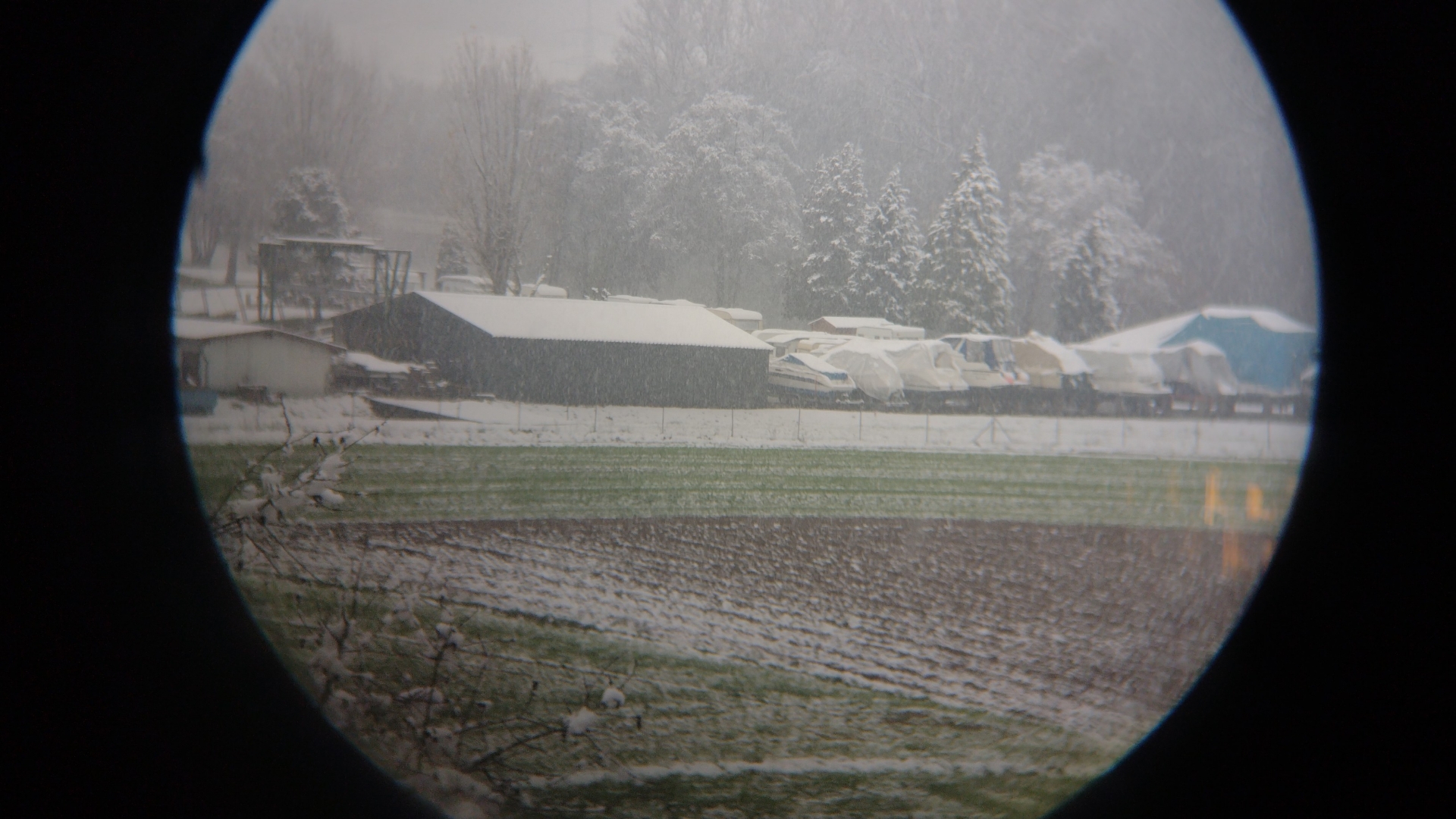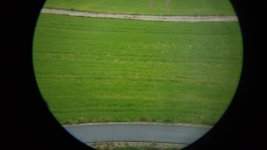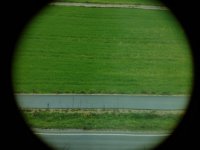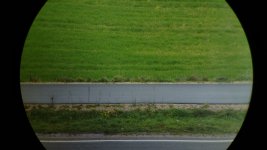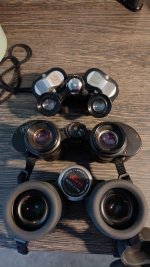tenex
reality-based
The development of modern binoculars seems actually to have gone backwards from wider fields of view to narrower ones, inspiring some to prize older models for their FOV while others remain content with less, or even claim to like a more limited view for eliminating distraction or "framing" an isolated "vignette" of a scene (as in a review recently quoted here) -- which sounds absolutely perverse to me, perhaps even a whiff of sour grapes. Cameras can isolate an element this way to artistic effect in a photograph, but a binocular is live view, with eyes that have a limited zone of central sharpness anyway accompanied by wide peripheral vision. Why suffer tunnel vision that restricts it any more than necessary?
Roof-prism binoculars (Dialyt, Trinovid) were aggressively marketed by Zeiss and Leica in postwar West Germany as a more elegant alternative to traditional Porro models produced at lower cost by CZ Jena and Japanese rivals, despite having inferior optical performance due both to phase interference (poorly understood at the time) and generally narrower fields of view, which anyone would detect immediately. Why narrower? One can imagine two possible reasons.
* Bulk. Smaller, lighter instruments (however appealing) require smaller prisms, which tend to limit FOV especially at lower magnifications, even with increasingly sophisticated eyepieces. This seems quite straightforward. The handful of recent models that finally offer significantly wider FOV again are also noticeably heavier and/or larger... perhaps tolerable now because Porro models (and the crucial marketing contrast with them) have been forgotten?
* Sharpness. Wide-field instruments tend to have a larger outer area that isn't quite sharp, due to field curvature and other aberrations. Restricting FOV can be seen to offer the "benefit" of greater overall sharpness in the remaining field. Once again this strikes me as thoroughly perverse reasoning... and yet, the recent wide-field models do also all have a flat-field design with sharp edges (WX, NL, and arguably SF).
If not for this second consideration, wouldn't we also have had conventional models with wider FOV by now? If the FOV of an EII 8x30 could be packaged in a roof-prism body, with FL glass and perhaps a slightly larger sweet spot, I'd expect that to sell like hotcakes... so why (for example) wasn't Swaro EL originally designed this way, to help birders once again get on birds better? And how did this manage never to happen at all, despite being technically straightforward?
I have a personal interest in these questions: I just described a bin I'd like to carry myself, and my wife would be more eager still to have. In 2010 (an amazing year for Swarovski) buyers could choose between brand-new EL SV and SLC HD, each a major upgrade on previous models, one the new flat-field wonder, the other a triumph of conventional design. We wish this was happening again now: that NL had replaced EL as the new flat- field model, while SLC also got a wider field, offering a similar choice today. We want something like an SLC+ with ~70° AFOV (and no FieldPro). Why does it seem that this will never be made, even by Leica whose Noctivid didn't join the mad rush to a flat field?
[I've described the Swarovision approach merely as "flat-field" but of course it's more than that; see Part II, Curvature and Distortion, here]
Roof-prism binoculars (Dialyt, Trinovid) were aggressively marketed by Zeiss and Leica in postwar West Germany as a more elegant alternative to traditional Porro models produced at lower cost by CZ Jena and Japanese rivals, despite having inferior optical performance due both to phase interference (poorly understood at the time) and generally narrower fields of view, which anyone would detect immediately. Why narrower? One can imagine two possible reasons.
* Bulk. Smaller, lighter instruments (however appealing) require smaller prisms, which tend to limit FOV especially at lower magnifications, even with increasingly sophisticated eyepieces. This seems quite straightforward. The handful of recent models that finally offer significantly wider FOV again are also noticeably heavier and/or larger... perhaps tolerable now because Porro models (and the crucial marketing contrast with them) have been forgotten?
* Sharpness. Wide-field instruments tend to have a larger outer area that isn't quite sharp, due to field curvature and other aberrations. Restricting FOV can be seen to offer the "benefit" of greater overall sharpness in the remaining field. Once again this strikes me as thoroughly perverse reasoning... and yet, the recent wide-field models do also all have a flat-field design with sharp edges (WX, NL, and arguably SF).
If not for this second consideration, wouldn't we also have had conventional models with wider FOV by now? If the FOV of an EII 8x30 could be packaged in a roof-prism body, with FL glass and perhaps a slightly larger sweet spot, I'd expect that to sell like hotcakes... so why (for example) wasn't Swaro EL originally designed this way, to help birders once again get on birds better? And how did this manage never to happen at all, despite being technically straightforward?
I have a personal interest in these questions: I just described a bin I'd like to carry myself, and my wife would be more eager still to have. In 2010 (an amazing year for Swarovski) buyers could choose between brand-new EL SV and SLC HD, each a major upgrade on previous models, one the new flat-field wonder, the other a triumph of conventional design. We wish this was happening again now: that NL had replaced EL as the new flat- field model, while SLC also got a wider field, offering a similar choice today. We want something like an SLC+ with ~70° AFOV (and no FieldPro). Why does it seem that this will never be made, even by Leica whose Noctivid didn't join the mad rush to a flat field?
[I've described the Swarovision approach merely as "flat-field" but of course it's more than that; see Part II, Curvature and Distortion, here]





